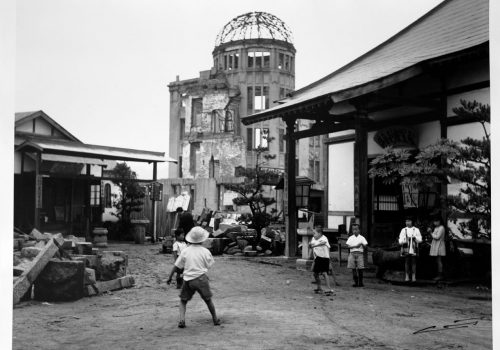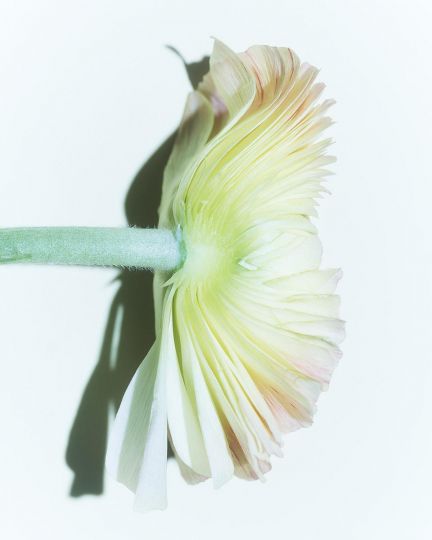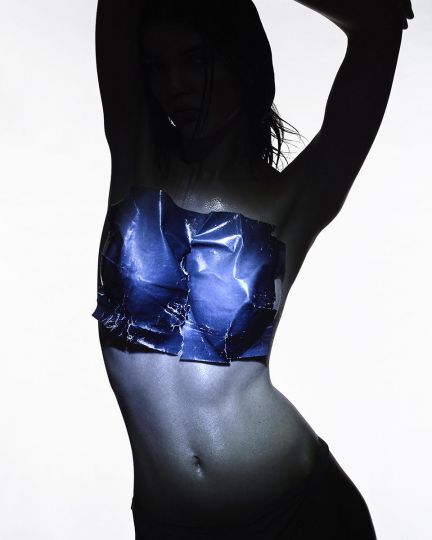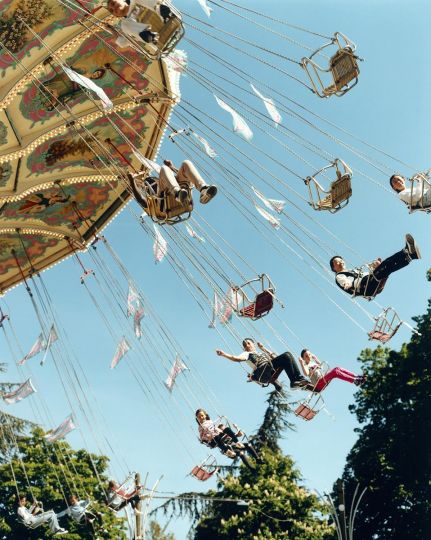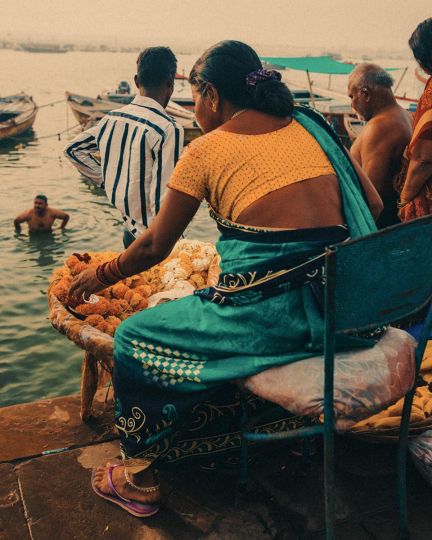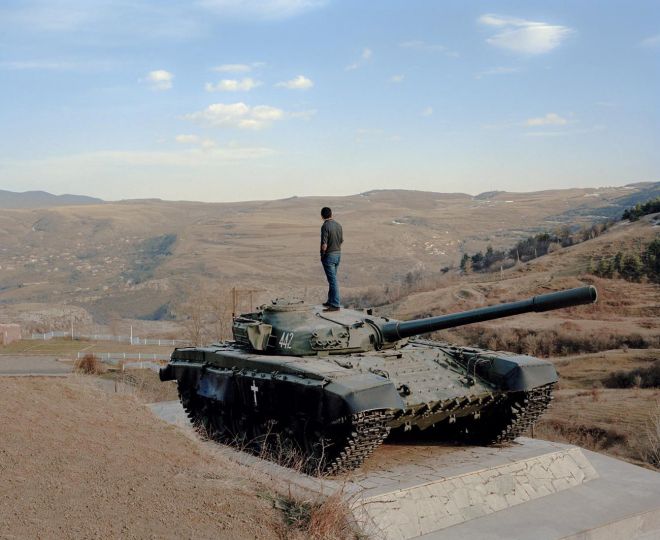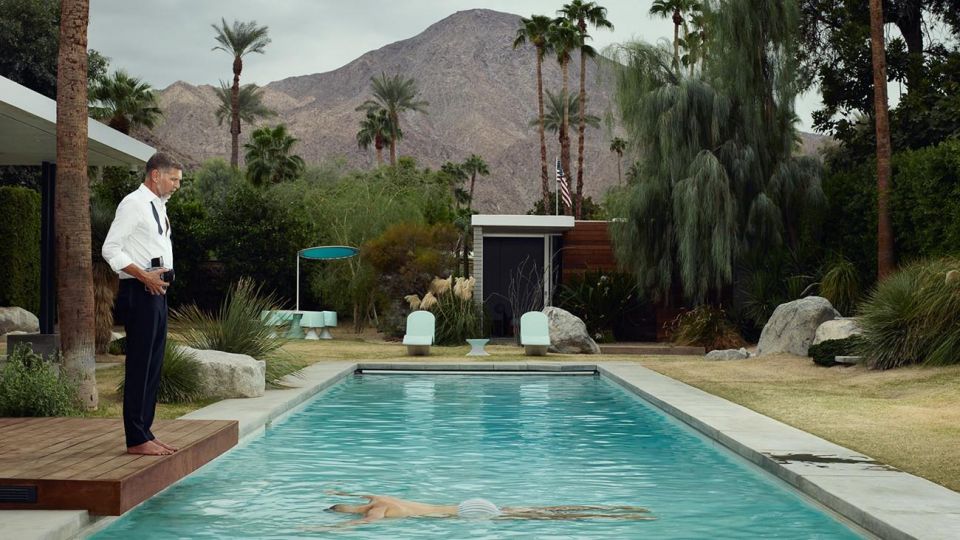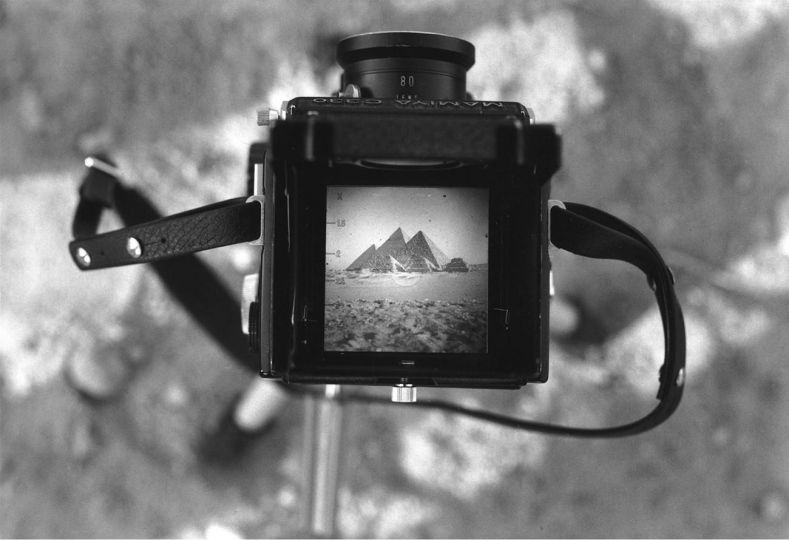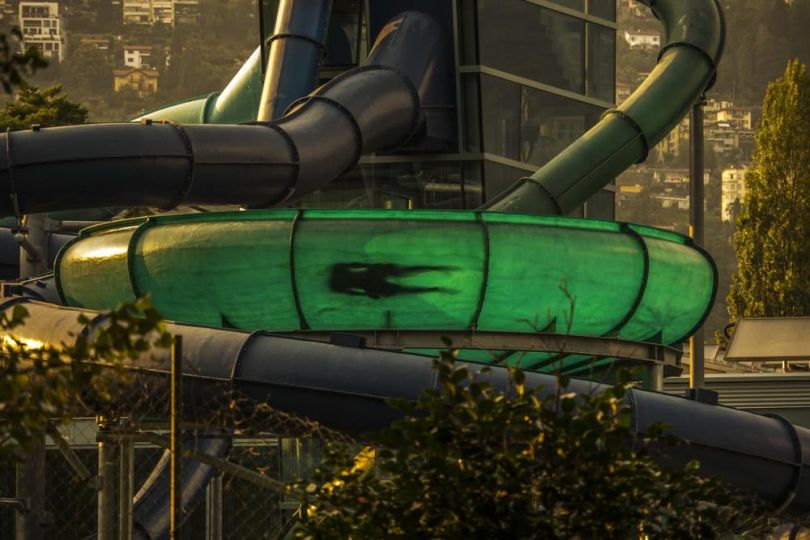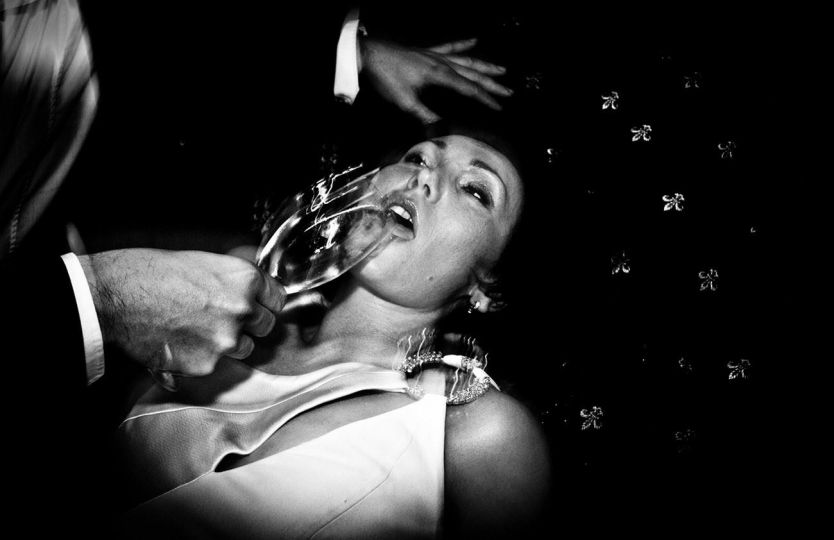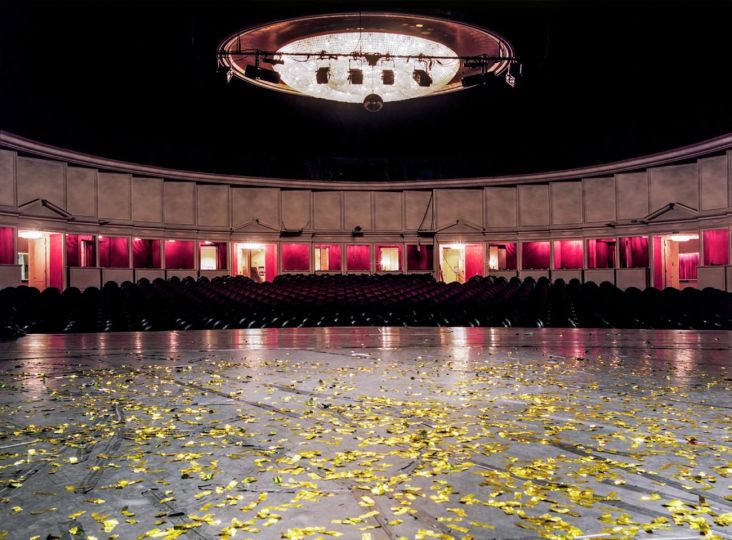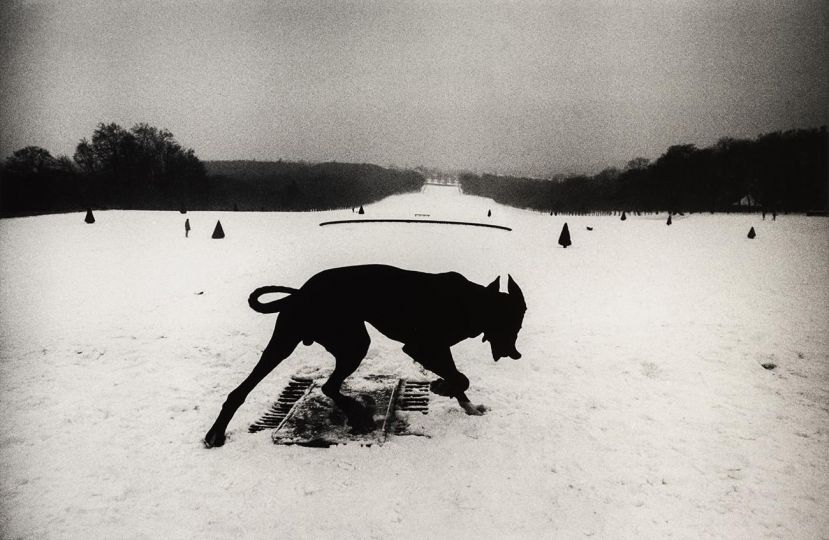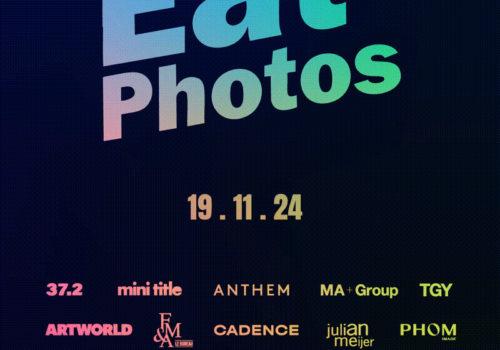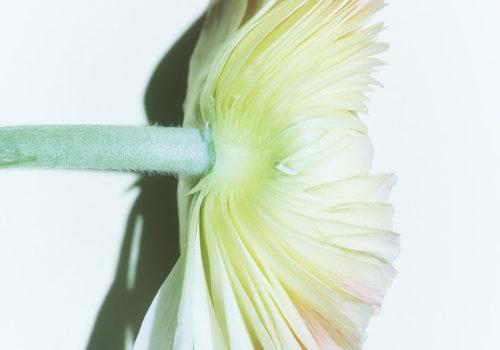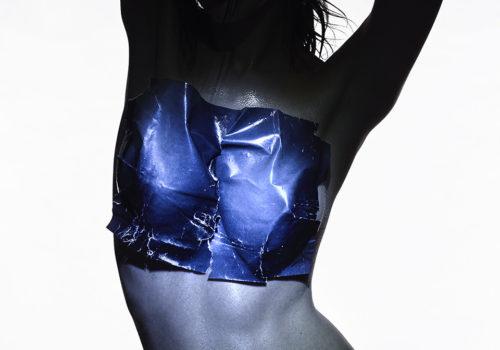Born in 1920, Raymond Cauchetier is one of the most famous photographers of the French cinema. Stage photographer for the greatest of the New Wave filmmakers (Jean-Luc Godard, François Truffaut, Jacques Demy), Raymond Cauchetier has distinguished himself by a radical new approach to his work. While his contemporaries were only capturing film scenes, Cauchetier was paying attention to the off-camera moments as well as the work of the director, the actors and the technicians. More than anyone else, his approach allowed him to capture the spirit and the cinematographic revolution of the New Wave cinema period.
Raymond Cauchetier owes also his fame to his images of Asia. Enrolled in the French army during the Indochina war, Raymond Cauchetier maintained close and personal ties with Cambodia, Vietnam and Laos. Equipped only with a Rolleiflex, he photographed Asia in the 50s and 60s with the eye and the humanism of the greatest photographers of his time. His images of Saigon earned him international recognition both in Japan and United States.
After more than sixty years, Raymond Cauchetier has left a legacy as singular as his own character: free, profusely curious and humanist.
In 1955, the famous Japanese photographer Ihei KIMURA became very interested in Raymond Cauchetier’s images of Saigon, and dedicated eight pages to Cauchetier in his magazine Asahi Camera in May 1955. Later on, he introduced Raymond Cauchetier to photographer Henri Cartier-Bresson who offered him to work at Magnum photo agency. However, a divergence happened about the relative merits of Rolleiflex and Leica which made a collaboration impossible. Still, KIMURA featured Raymond Cauchetier in Heibon-sha SEKAI SHASHIN ZENSHO world / France – Italy 1956, an issue that brought together the greatest photographers of that time.
“My legal stay in Indochina as an Air Force officer ended in May 1954. I could just return to France the same way as my outward trip which was passing through Calcutta, Tehran, and Baghdad, but I chose to complete a tour of the world by successively discovering Hong Kong, Tokyo, Hawaii, Los Angeles, Dallas, New Orleans, Chicago and New York. A fascinating but certainly much longer aerial journey, albeit the Ministry generously bore the cost of the 1st class flight tickets as a reward for the brilliant success of my photo book Ciel de Guerre en Indochine for which I had given the rights to the French military air force’s widows and orphans.
I arrived in Tokyo from Hong Kong and traveled thru Japan for almost three weeks (from June 10 to July 4, 1954). First, I was very impressed by Japanese trains: the staff’s professionalism and discipline, the cleanliness and the comfort of the sleeping cars even in 2nd class. The service was as great as major airlines: small individual teapots, adjustable footrests, neck rests, individual lightings, fans, speakers, one hostess per wagon, white gloves ticket inspectors, military salute between agents and one train per minute, absolute accuracy! Sleeping cars with even kimonos provided!
Nine years after the atomic bomb, the scars were still visible in Hiroshima. Although the inhabitants had resumed their lives with courage. I felt the immense energy of the city that I tried to capture with my photos.” – Raymond Cauchetier, Paris, January 2019
Raymond Cauchetier, l’Étonnant Photographe
7 March – 4 April 2019
The Hive Jinnan
1-6-5, Jinnan, Shibuya
Tokyo 150-0041

